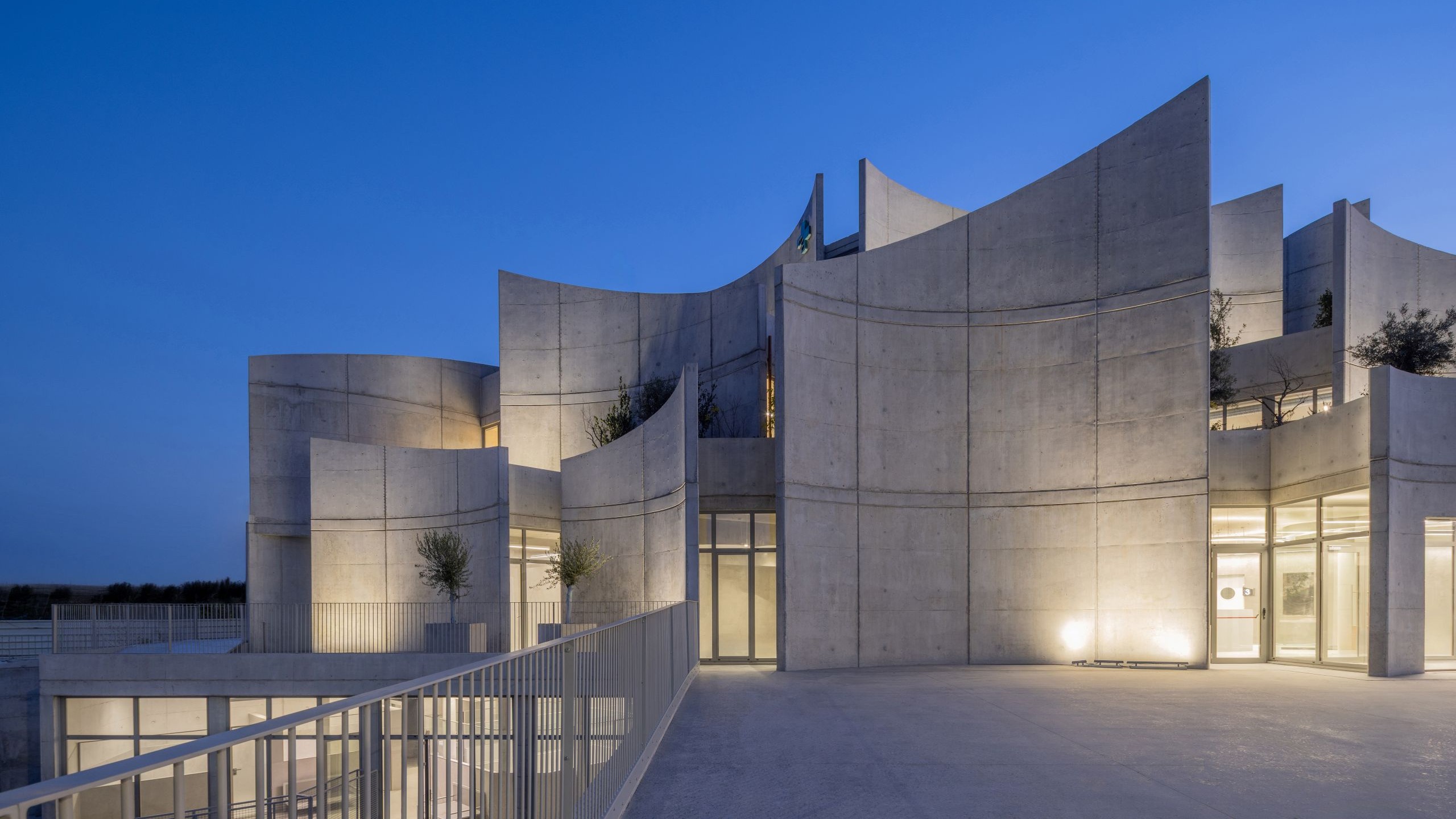Passion, enthusiasm, and vision have been transformed into a physical space. The hospital’s soft, flowing exterior contrasts with the structured logic of the plan, creating a sense of wonder and harmony. What begins as simple, static geometry—rooted in spatial psychology and anthropological principles—unfolds into a dynamic network of curves that turn this space into a true place, full of movement and life.

